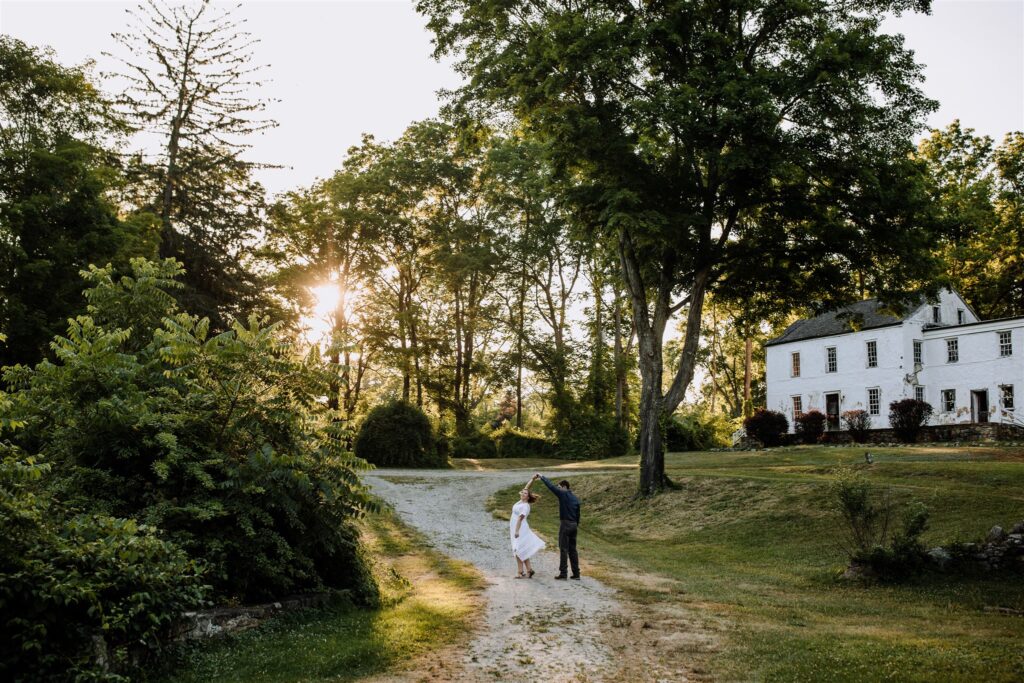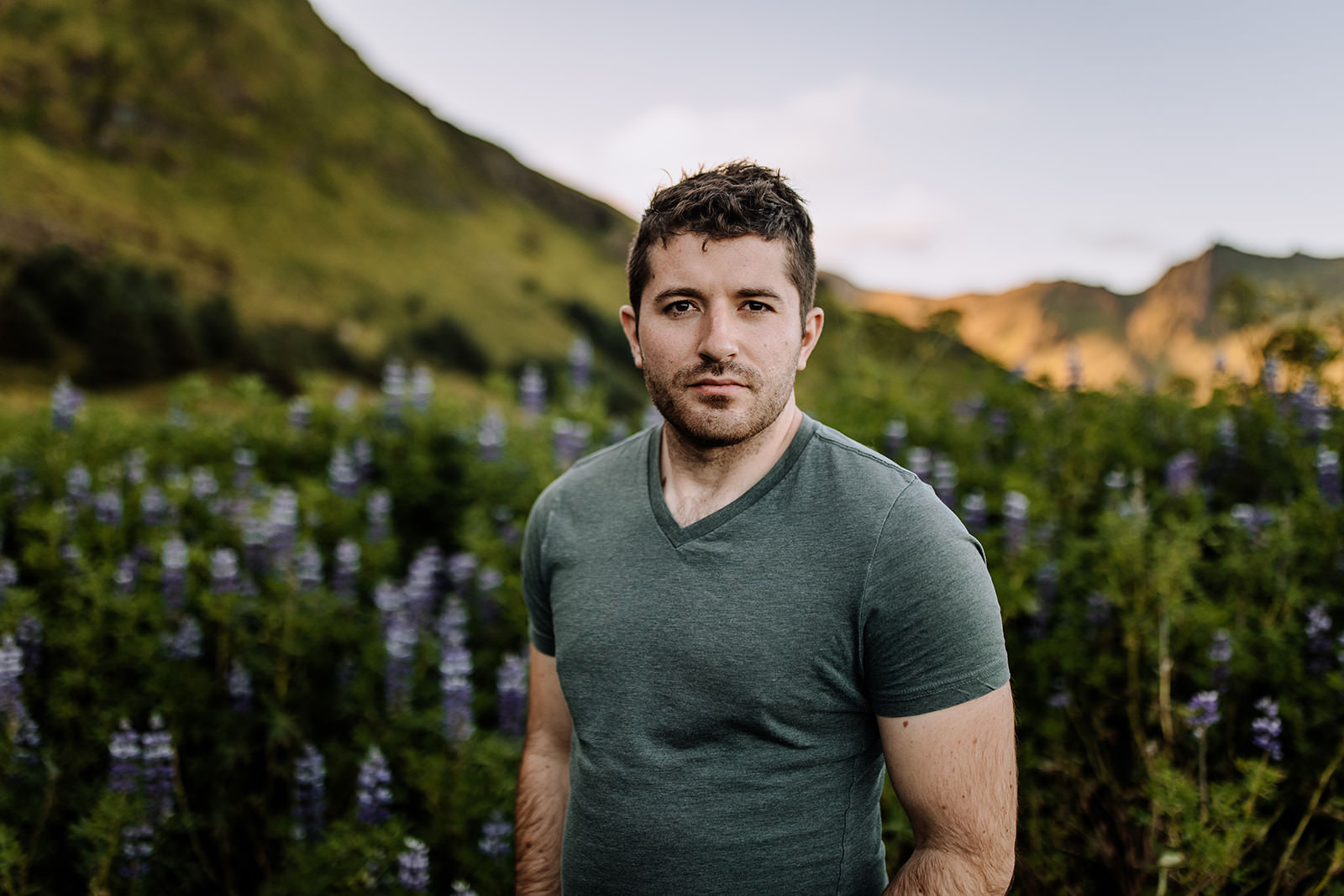We're a team of wedding, elopement and portrait photographers who put community over competition. We provide tips and resources for Photographers looking to up-level their businesses.
We're here to help When you join The Photography Business Academy
A Guide to Recommended Image Sizes for Your Photography Website
When it comes to building a visually appealing and user-friendly website for your photography business, image size plays a crucial role. Optimizing image sizes not only ensures that your website loads quickly but also maintains the quality of your images across different devices and screen sizes.
In this blog post, we’ll break down the recommended image sizes for various types of images on your website to help you strike the perfect balance between performance and visual appeal.
Why Image Size Matters
Before diving into specific recommendations, it’s important to understand why image size is so important.
Large, high-resolution images may look stunning (and are frankly our preference for actually viewing our photos), but they can also slow down your website’s loading speed. This can lead to a poor user experience, higher bounce rates, and even negatively affect your search engine ranking.
On the other hand, images that are too small or compressed can look pixelated, which diminishes the professional look of your photography.
The key is finding a balance where your images look sharp and professional while still ensuring that your website loads quickly.
As photographers, this becomes so important uniquely because we have so many photos to actually share on our sites – way more than the average!
General Guidelines for Image Sizes
When adding images to your website, it’s important to use the right file dimensions and formats.
Here are some general guidelines to keep in mind:
- File Format: For most photos, JPEG is the best format because it offers good compression while maintaining quality. For graphics or logos, PNG is ideal due to its support for transparency. WebP is also an emerging format that provides excellent quality at smaller file sizes, but is not supported for use on every website platform (so it’s hard to offer a universal recommendation for it).
- Resolution: Most web images should be saved at 72 dpi (dots per inch), which is the standard resolution for web graphics.
- Compression: Compress your images to reduce file size without sacrificing noticeable quality. Tools like JPEG Mini can help, or you can directly save out to the right size using Adobe Photoshop/Lightroom (or any equivalent software you are editing in!).

Recommended Image Sizes for Different Website Elements
1. Full-Width Images (Hero Images)
Full-width images, sometimes referred to as hero images, are large banner-style images typically used at the top of a webpage to grab the visitor’s attention (even though we don’t particularly recommend doing that, especially on pages like your Home page).
Since these images cover the full width of the screen, they need to be large enough to look sharp on high-resolution displays but optimized to avoid long load times.
- Recommended Size: 1920 pixels wide (or larger for retina displays) by 1080 pixels tall.
- File Size: Aim to keep the file size under 300 KB. For retina displays, you might want to use 3840 pixels wide but keep the file size optimized.
2. Gallery Images
Photographers often showcase their work in galleries on their websites.
And if you don’t…you should!
To maintain a smooth browsing experience for your visitors, it’s important to balance image size and load speed. Ensure your gallery images look sharp without overloading the page.
- Recommended Size: 1500 to 2500 pixels wide.
- File Size: Aim for under 300 KB per image for fast loading.
- Tip: Consider lazy loading for gallery images so they only load when the visitor scrolls to them.
3. Thumbnails
Thumbnails are smaller versions of your images and are typically used in galleries, image grids, or portfolios. While smaller in size, they still need to look sharp and professional, especially when clicked to expand into larger versions.
- Recommended Size: 150 x 150 pixels or 300 x 300 pixels.
- File Size: Keep these as small as possible—under 100 KB.
4. Blog Post Images
Blog posts often feature images that help illustrate the topic. These images shouldn’t be as large as hero images, but they should still be visually appealing and high-quality.
- Recommended Size: 1200 pixels wide by 628 pixels tall (this size works well for sharing on social media as well).
- File Size: Aim for under 200 KB.
Keep in mind, the number of images you include in your blog post also contributes to the speed of the page. I see it often where blogs will have well optimized images, but have so many that it is still slow.
5. Logo
Your logo needs to be crisp and clear across all devices. Logos are often displayed in the website header and footer, so they should be optimized for quick loading.
- Recommended Size: 250 x 100 pixels for most website headers.
- File Size: Under 50 KB.
- Format: Use a PNG format for transparent backgrounds, or consider SVG for scalable vector graphics to ensure it looks sharp on any device.
6. Favicon
The favicon is the small icon that appears next to your website title in the browser tab. While small, it’s an important part of your brand identity.
- Recommended Size: 16 x 16 pixels or 32 x 32 pixels.
- File Size: As small as possible—under 10 KB.
- Format: Use PNG or ICO formats.
7. Social Media Sharing Images
When your website or blog post is shared on social media, platforms like Facebook will often display an image preview. Having the right image size ensures that your content looks polished when shared.
- Recommended Size: 1200 x 628 pixels (the optimal size for Facebook, LinkedIn, and Twitter sharing).
- File Size: Under 300 KB.
Best Practices for Image Optimization
There are a ew things you can do to optimize your images better.
Use Compression Tools
Tools like JPEG Mini, TinyPNG, JPEG-Optimizer, or ImageOptim allow you to reduce the file size of your images without a noticeable drop in quality. By compressing your images (making them smaller), it will allow you to still use images on your website without a detrimental impact on your page speeds.
Enable Lazy Loading
Lazy loading delays the loading of images until the visitor scrolls down to them, improving load times for pages with multiple images.
Some website platforms natively incorporate lazy loading like Showit, while others (like WordPress) will require specialized plugins.
Use the Correct File Format
As we mentioned earlier in this post, stick to JPEG for photos and PNG for logos and images that require transparency. WebP can be a good alternative, offering high-quality images with smaller file sizes – but is not available for use on every website platform.
Test Load Times
Use tools like Google PageSpeed Insights or GTmetrix to check how fast your website loads and identify areas for improvement. Slow load times can hurt your website’s user experience and SEO ranking.
Conclusion: Finding the Perfect Balance
Using the correct image sizes on your photography website ensures that your site not only looks stunning but also performs well. By following these recommendations and optimizing your images, you can provide an engaging experience for your visitors while ensuring your website remains fast and user-friendly.
Remember, balancing quality and performance is key—high-quality images are a must for any photography website, but they should be optimized to avoid slow loading times. Implement these guidelines to ensure your website is as professional and polished as your photography.
Need more help with SEO? Our SEO and Blogging for Photographers Course is jam packed with everything you need to know in order to get the most out of search engine traffic for your website. We created this course based on decades of SEO experience and experience getting serious results – my photo business currently generates a ton of traffic and around 100 inquiries a month, in large part due to my SEO game 🙂

Honesty is a cornerstone of Shoot and Thrive, so we want you to know that some links in this post are affiliate links. This means we may earn a commission if you make a purchase—at no additional cost to you. We only recommend products and services we trust, have used ourselves, or have thoroughly researched based on industry feedback. Our goal is to provide solutions that genuinely help, whether they come from our direct experience or the collective knowledge of the photography community.
As photography business educators, we believe it's important for educators in this industry to be active photographers themselves. The images used throughout this website were taken through our photo studios - Hand and Arrow Photography and Marshall Scott Photography, except for stock images or if otherwise noted.
Turn Your Passion into a Thriving Business
Transform your photography business into a streamlined, profitable venture that gives you more time, freedom, and confidence.
With the Photography Business Academy, you’ll have a step-by-step guide to building the business—and life—you’ve always dreamed of. From branding to marketing, finances to client experience, we’ve got you covered.
Navigation
Shoot and Thrive is an ethically created resource for photographers needing mentorship, coaching, or business education. We believe in creating content that’s easy to digest and retain while incorporating educational best practices, so you gain clarity and confidence as a business owner.